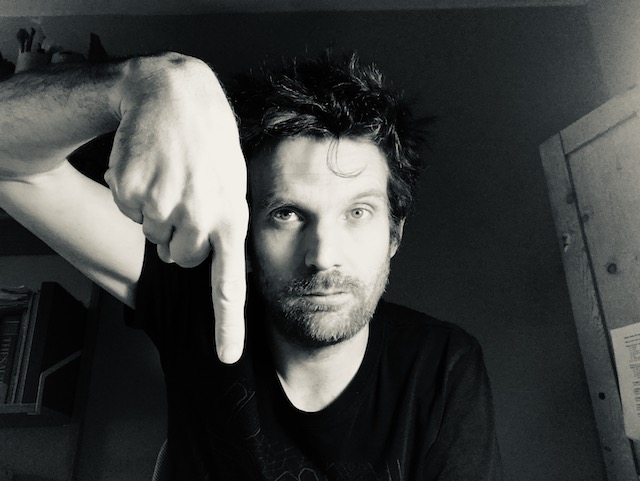Designers are teachers. We take people on a journey that gets them to say, “Yes, that’s what I want.”
Good teaching is rarely about setting out the whole picture. It’s about creating moments of tension—when we show something unfamiliar—and moments of release, when the learner sees how it connects to the problems they want to solve.
We create this rhythm through stimuli, provocations, metaphors, and experiments—arranged in different orders to create different effects.
The problem I’ve found since starting my work on regenerative design is this: every time we try to teach someone about it, the story changes. The sequence of arguments and the exercises that land best are different each time.
And then comes the aha moment—not just for the participant, but for me: there isn’t one way to hold a conversation about regenerative design. There are many. But some patterns do repeat. Certain framings are best introduced early. Others land better with technical audiences. Some metaphors bring sceptics on the journey.
That’s when I realised: we could distil these experiences into a set of repeatable sequences. Patterns of practice for different audiences, goals, and contexts.
Hence: a Pattern Book.
